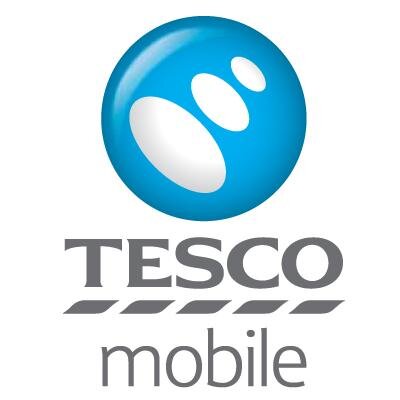
Anuradha Udunuwara, Engineer, Sri Lanka Telecom
Anuradha Udunuwara, Engineer, Sri Lanka Telecom is speaking on Day One of the 9th annual LTE Asia conference, taking place on the 23rd-25th September 2014 at the Marina Bay Sands, Singapore. Click here to download a brochure for the event.
In this Q&A Udunuwara tells us about the challenges facing Sri Lanka Telecom’s network, and what the most important technologies to look at for enhancing the network.
What are the major network-related engineering challenges you expect to face over the next 12 months?
In terms of challenges, I see fewer engineering challenges and more commercial and financial challenges. While technology and engineering enables us to overcome most of the challenges, the real challenge for operators will be how to minimize CAPEX/OPEX/TCO and increase revenue/profits. That requires innovation, common sense, changing plans and taking risks.
On the network side, what’s important is supporting the increased bandwidth requirements and optimizing packet transport techniques. Major challenges will arise in supporting migrations from legacy [Circuit/TDM (Time Division Multiplexing)] to next generation [Packet/IP (Internet Protocol)/Ethernet]. On the financial side the challenge will be how to best make future-proof investments.
How are you using analytics on your networks to gain more subscriber knowledge?
Network analytics are important in order to gain knowledge about the behaviour of the traffic in the network. If you correctly translate this knowledge, you can gain a good understanding of how the subscriber/user/consumer/customer applications behave, and eventually, how the individuals behave. This knowledge helps operators to perform the required network and service optimizations, introduce or change products to suit that behaviour, and finally to take informed investment decisions. We are working on these lines and would like to focus more on this area in the future.
(more…)










